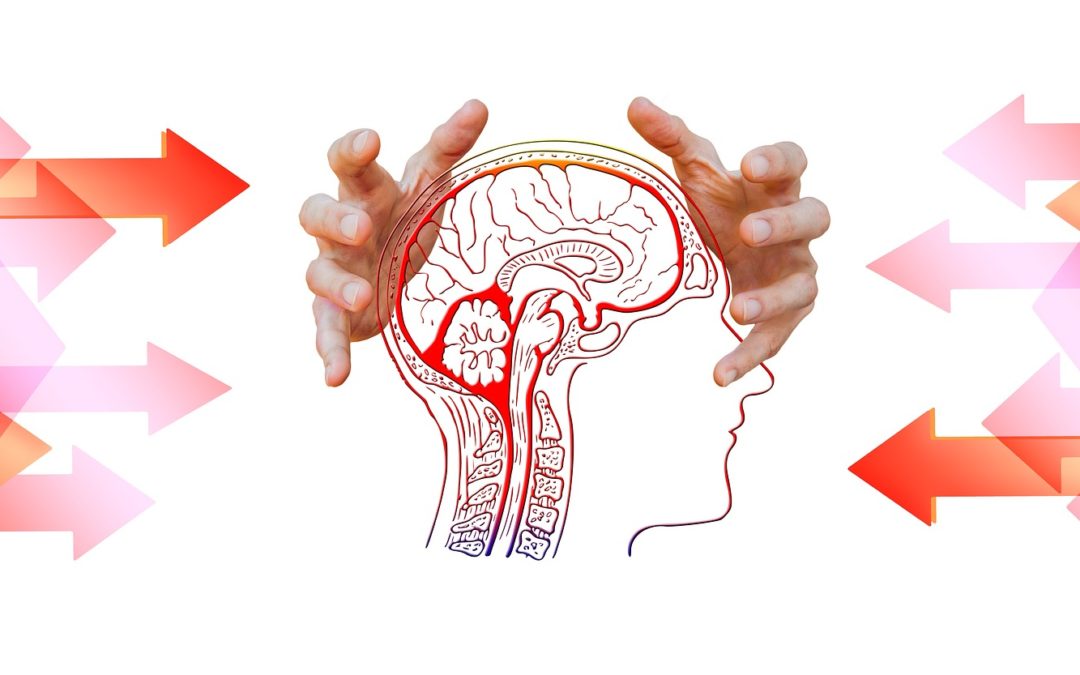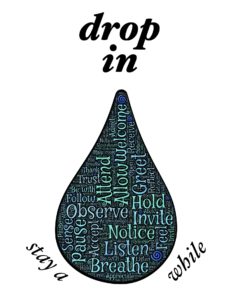Blood pressure is a commonly used phrase and a parameter used to define our overall physical health – When your heart beats, it pumps blood through your body to give it the energy and oxygen it needs.
As the blood moves, it pushes against the sides of the blood vessels. The strength of this pushing is your blood pressure. If your blood pressure is too high, it puts extra strain on your arteries (and your heart) and this may lead to heart attacks and strokes.
When we are in stress, our Blood pressure rises and when we are subjected to Stress for a prolonged time, this leads to High Blood Pressure.
High Blood Pressure can:
- Damage your Arteries
- Damage your Heart and cause heart attacks
- Damage your Brain causing strokes
- Damage your Kidney leading to complications
- Damage your eyes
- Create Sexual dysfunction
- Leads to Bone loss
- Causes anxiety resulting in depression, hypertension
- Give you Troubled Sleep
As per the Center for Disease Control and Prevention,
- High Blood Pressure causes heart disease and stroke which are the leading cause of death in the US
- About 75 million American adults (32% of the population) have high blood pressure
- About 1 of 3 American adults suffer from pre-hypertension
- In 2014, high blood pressure was the primary contributing cause to more than 410,000 American deaths, which is 1,100 deaths each day
- High Blood Pressure costs America $48.6 billion each year
So, how do we manage this epidemic? Simple answer: Breathe and Breathe RIGHT.
You must be wondering what a Breathing technique has to do with calming your blood pressure. Trust me, it has a direct connection and is the easiest way to manage your blood pressure. All you need is yourself and a clean place. This is a simple yoga technique is called Anulom-Vilom.
Now follow the steps for this technique:
- Sit straight and comfortably on a Chair or a yoga mat. Keep your spine straight.
- With your right hand, make the Vishnu Mudra:
- Open your palm facing you
- Fold and close the Index and Middle finger
- Continue to hold the ring and small finger straight
- Now close your left nostril with the small and ring finger and inhale deeply with your right nostril, filling your lungs with fresh air.
- Now close your right nostril with your right thumb and exhale fully through the left nostril.
- Now close your right nostril with the thumb and inhale deeply with your left nostril, filling your lungs with fresh air.
- Now close your left nostril with your small and ring finger and exhale fully through the right nostril.
This completes the 1st cycle of Anulom–Vilom Breathing. Start with 5 cycles a day if you are a beginner. Then, after practicing for 5 days, you can slowly step this up to 11 cycles.
Note: There are some Do’s and Don’ts which you must be aware of:
- Choose a clean, airy place.
- Sit straight in a comfortable posture on a chair or on the floor on a yoga mat. Keep your spine straight.
- Keep your stomach light.
- Do easy, deep breathing without any pressure and do not hold your breath.
- After completing, get up with ease (do not jump up) and do not start performing hectic activities immediately. Get up slowly and then get into your daily activities gradually.
- Never use this technique if you have low blood pressure or have a fluctuating blood pressure.
- Before getting up, always sit for a few minutes after this technique.
Studies have shown that when one takes calming, deep breaths:
- It calms your sympathetic nervous system
- There is an increase in the blood flow to your tissues, which reduces resistance in your blood vessels and increases your calmness.
- Facilitates blood flow towards the heart, as the diaphragm moves up and down with your breathing.
In a 2005 study and further repeated studies have proven that simply taking 6 long breaths reduces systolic blood pressure by 3.4 to 3.9 units as compared to sitting quietly.
There was a knight in a kingdom who used to go to wars every now and then and always came back victorious. At the young age of 18, he joined the army and by the age of 22 he was famous. His responsibilities to deal with enemies were growing, leaving him more and more engrossed in making strategies to defeat them. Thus, he was mostly living on the front safeguarding his motherland.
At the age of 24, his mother decided to throw a party for all the eligible ladies in the city so he can choose his wife. All the beautiful ladies of the city were there in the party and they were looking at this knight as one would at the most eligible bachelor in town.
After formal introductions, dances and songs started in the party but the knight did not seem to be interested in the dancing or the music. He looked tensed and the ladies felt he was unapproachable. Everyone feared going near him.
Through the party, while talking to a lady, he ordered a wine and it was some time before the waiter could serve it. The lady he was talking to found him restless while waiting for the wine. As soon as the waiter came with the wine, the knight lost his temper and started shouting at him for the delay. He almost hit the waiter in his rage. Every lady in the party were shocked and trembled with fear. The party ended abruptly, and everyone left in a hurry.
The knight’s anger became the news of the city. The knight’s mother was very disheartened and wherever she tried to talk about the knight, people clammed up – marriage proposals stopped coming as no one was ready to give his daughter to this tensed and raging knight. As a mother, this got her worried and a day came when she fell ill.
The King’s physician was called to check on the knight’s mother – now, the physician was a very wise man. He immediately understood her problem and asked her to meet him at his clinic and brig the knight along.
The knight came to meet the physician the next day. The physician checked his pulse and enquired about what he would generally think through the day. It did not get too long for the physician to understand that the knight was always on the edge with his emotions and thus, highly stressed. However, this helped him to stay alert and enabled him to think 2- steps ahead of his enemies.
He immediately asked the knight to find some time during the day, put his armor down and find a clean place where he can take deep breaths for 2 minutes. He was also advised to perform this breathing technique whenever he feels anxiety, disturbed or agitated or angry. The knight followed the physician’s advice and soon his stress started coming down – very shortly, he was a changed man. This news of the knight’s transformation spread like a wild fire in the city. He found the lost respect back with the people and soon, he got married to a beautiful lady.
If we look at the above story, we find that most of us are like this knight living on the edge of our emotions as this helps us to achieve our goals. But we forget that this will create constant stress, which in turn gives us high blood pressure.
Isn’t this a familiar story that we live every day? Yes, agreed that we are not carrying a physical armor, but we do carry an invisible one. We need to fix a ritual of mentally keeping the ‘armor’ down after a day ends and find some ‘metime’. Couple it with the breathing technique I just taught you.
So, what are you waiting for? Act Now and Enjoy the difference…
- Fix a time once a day’s work finishes.
- Imagine you are putting your armor down after a whole day of work and leaving all the worries outside your home.
- Find a clean airy place in your home.
- Perform “Anulom Vilom” technique to bring down your blood pressure and relax yourself.
- Sit quietly for few minutes after performing this technique.
Enjoy the recharge, enjoy the reset and enjoy the days to come!!
See you with another insight next week… Keep Breathing, Stay Healthy, Stay Stress-free!




Dear Anurag,
Thanks for sharing this wonderful information.
I have a question. Can the Vishnu Mudra be maintained during any time of the day (even when not doing anulom vilom kriya)? How much time should we hold this mudra?
Vikas, it all depends upon our level of body awareness. If we are just understanding Yoga i.e. we have just started learning about our body, then we should stick to using this Mudra when we are performing “Anulom Vilom”. If we understand our body and are aware of when and why an element (fire, air, space, earth, water) is rising or dropping, then we can use it anytime to balance them. If you are a beginner and have a limited understanding of elements, then it is best to use this technique when you are performing “Anulom Vilom”
Refer to my video explaining Vishnu mudra for further understanding…